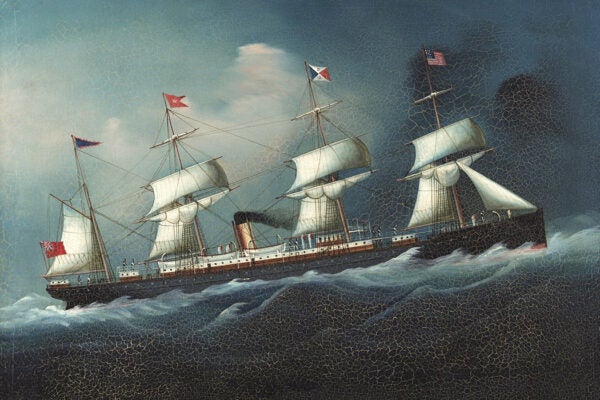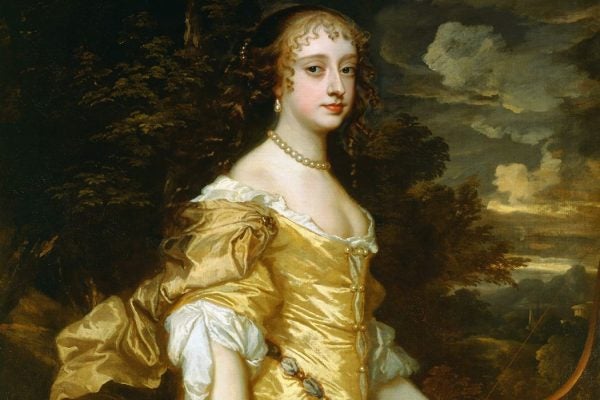Lonely Diarist of the High Seas
As ship stewardess, Ella Sheldon tended to upper-crust women onboard and battled a range of workplace demons. Her journals tell her story.
A Garden of Verses
As commonplace books evolved into anthologies, they developed reputations as canonical works, their editors curating tomes as vibrant as the loveliest bouquets.
Prisoners’ Pastimes
Isabella Rosner’s Stitching Freedom showcases embroidered works made by the incarcerated and examines this craft’s historical popularity behind bars.
What Is Punctuation For?
Between the medieval and modern world, the marks used to make writing more legible changed from “pointing” to punctuation.
Reading “The Book of Nature”
Beginning in the Middle Ages, the natural world was viewed as a Christian parable, helping humans to give divine meaning to plants, animals, and the heavens.
Chess, Unlike War, is a Game of Perfect Information
The late poet Charles Simic was a chess prodigy who used the queen and her court to conjure a hellscape that invoked a childhood in war-time Belgrade.
The Woman Famous for Not Sleeping With a King
As a lady-in-waiting to the Queen of England, Frances Stuart was known as much for her ability to fend off the advances of King Charles II as for her beauty.
Mary Sidney and the Voice of God
Philip Sidney’s attempt at translating the Psalms ended with his early death. Then, his sister took up the cause—and proved herself the superior poet.
The Newsletter Boom, 300 Years before Substack
Some journalists are turning to newsletters to get their work out. But they're not hand-copying them onto folded paper, like people did in the 1600s.
“Beating the Bounds”
How did people find out where their local boundaries were before there were reliable maps?









